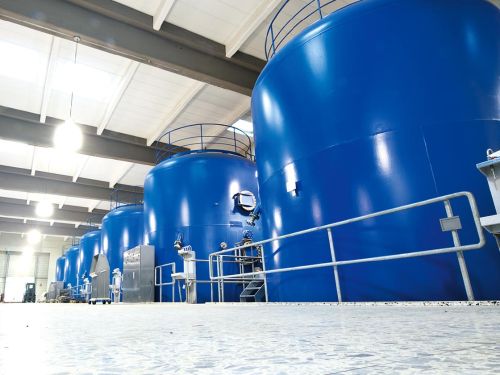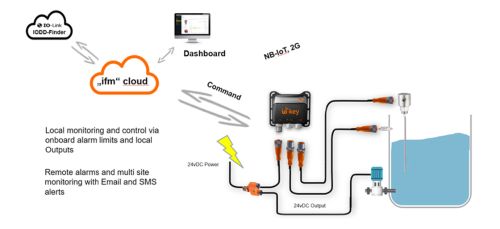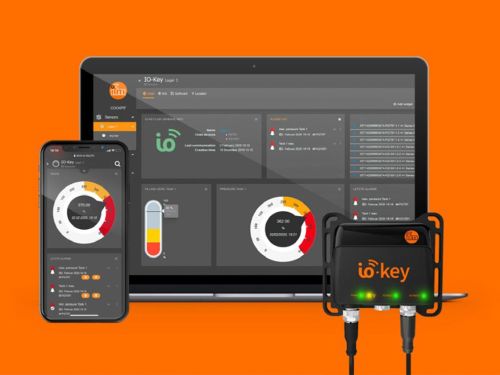Pump station monitoring retrofits
io-key easily and cost-effectively prevents flooding caused by system failures
Know about pump station
failures immediately
Simple connection
Avoid high consequential
costs of flooding
Results
- Prevention of local flooding due to pump station failures
- Simple connection via io-key
- moneo integration of sensors for level and pump monitoring
- Prevention of costly clean-up work
The challenge
In areas where the natural gradient is not sufficient to transport wastewater, smaller pumping stations are installed. These also prevent flooding during heavy rainfalls. There are typically one or two pumping stations per residential area of 50 households.
Their comparably simple construction consists of electrically operated pumps and level sensors which either work mechanically or with ultrasound. In the past, the pumping stations did not feature any monitoring solution. If the level measurement did not work, the pump would not start and the station would overflow. Breakdowns of pumping stations would only be noticed when local flooding occurred. This had financial consequences: a tanker with a pump for cleaning cost several thousand euros. At the same time, such flooding incidents did not help the company’s reputation.
The solution – why ifm?
Remote monitoring proved difficult in the past, as it was simply too complex to connect over 400 pumping stations to the network. This challenge was solved with ifm’s io-key, which offers a simple and fast way to transfer sensor data directly to the cloud.
The compact device merely requires a power supply and sufficient mobile network coverage. For communication, the module uses Narrowband IoT or the 2G network; alternatively, a mobile network connection via LTE CAT M1 can be used.
As only small amounts of data are transmitted, such narrowband networks are completely sufficient. Via an IO-Link input module, the io-key in the pumping station is connected to the analogue sensor signals of the level sensors and the signals for the status of the pumps.
The installation is based on the plug & play principle: After connecting the sensors to the io-key, the values become immediately available in the cloud and can be observed via the dashboard. The system optimally connects to the IIoT platform moneo. If a component in a pumping station fails, the monitoring solution will immediately trigger an alarm, allowing maintenance staff to intervene before any flooding occurs. Already in the first months following installation, they were able to prevent two floods due to failures in pumping stations.




